After writing the recent 2023 Landscape Architecture Trends article about the trends I think will occur in 2023, I felt there was also a need to create an article about the trends I would like to see in 2023. Again, this article could be never-ending due to the broad range of areas of the landscape architecture profession. I have tried to focus on key points beyond those covered in my previous article and seek to generate discussion within your design firms and organisations.
Greater accountability for environmental goals
There has been an increase in governments, companies, landscape architecture design firms and associations stating committed goals for zero carbon emissions for operations and projects by 2025, 2030 or 2050. I want to see some financial commitment or outline of how they seek to reach these goals by 2030 or 2050 beyond the dot points carbon emissions. Goals are often set without providing the cost to achieve them and are often derailed by recession or downturn, and then they fall out of the public view. Great financial or detailed information about how to achieve their goals would be great to see.
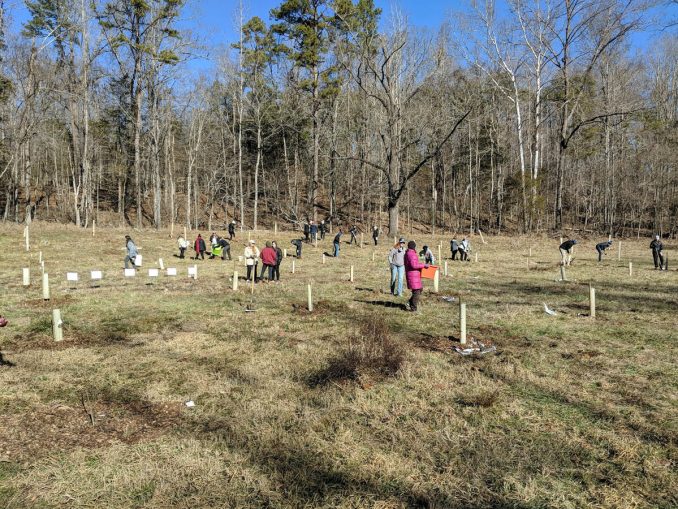
These commitments should also flow into landscape architecture institutes and associations with a requirement that companies that commit to various goals should report as part of their registration. Similarly, if a project claims to be zero emissions or climate positive design, there needs to be transparency around the calculations or claims.
Product suppliers to provide more information
Product suppliers have been good in the past, with many supplying specifications and digital files related to their products. I hope they also start to provide the Carbon Emissions related to their products either through quantified carbon emissions numbers or a rating for their product. One day, it would be great to see a product carbon number and delivered/installed carbon number as commonplace in product tech sheets that can better inform the project’s total emissions.

More diversity in nurseries
The hope is that the need for greater biodiversity in planting implementation spurs nurseries to go beyond their list of popular plants and cultivars and that they seek out landscape architects, ecologists and designers about the plants they would like to plant in the coming seasons and years. Also, that landscape architecture firms and associations increasingly work with nursery groups and associations to improve the availability of various plant species.
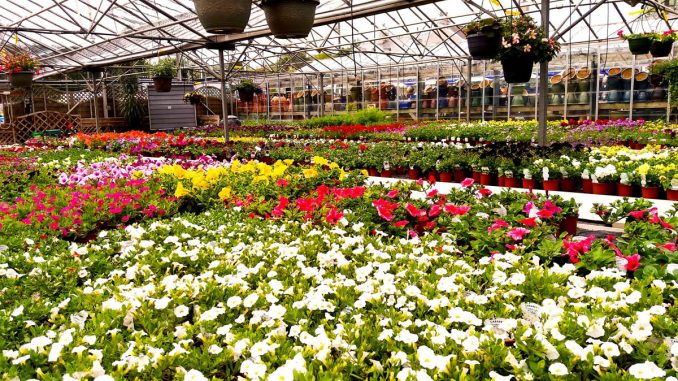
More field testing
Often clients are wary of new plant species or planting arrangements. However, I hope that governments and universities are willing to be a part of field testing of different plant species and arrangements, soil mixes and other technologies that are ideas or need testing to be proven.
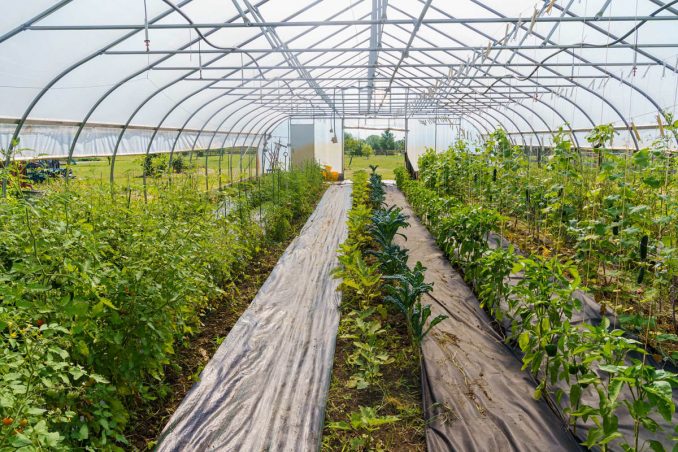
Flickr U.S. Department of Agriculture
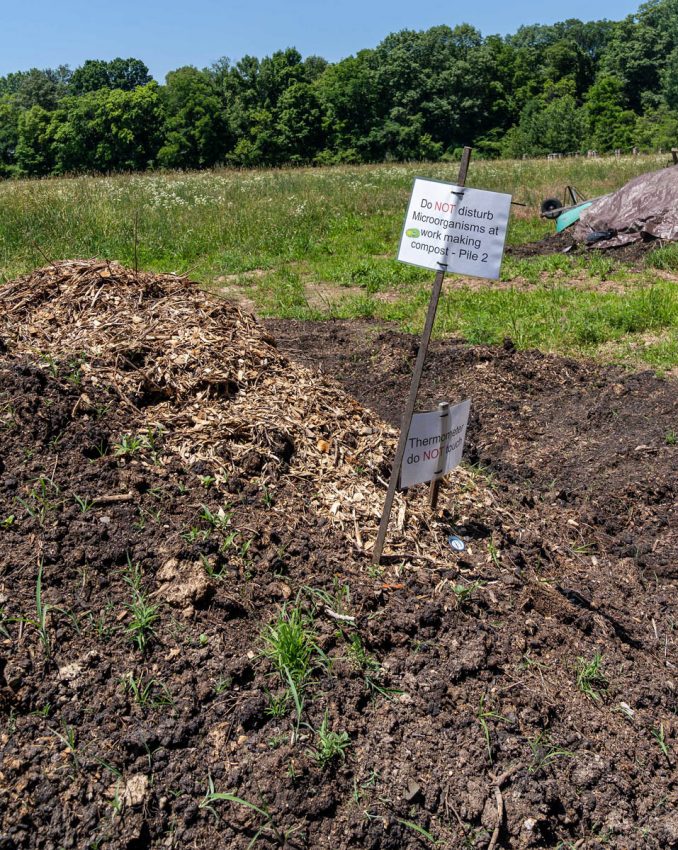
Flickr U.S. Department of Agriculture
Consideration for design decisions and materials
When designing a landscape, aesthetics sometimes override function; this also flows into decisions about materials (steel, concrete, rubber, etc), and finish. An example is tiered retaining walls which have become a design trend over the past decade. These are often for decoration rather than function, and in more recent years, steel has become the go-to material. Similarly, paving edges and inlays with steel has become a new trend, which is purely aesthetic rather than functional. Adding concrete or steel for aesthetics only should be questioned in 2023.
There is the opportunity to improve designs when addressing grade changes by considering and understanding the functional over the aesthetic. Such as the use of batters and grading and proper technical detailing. Some may say that designing for the pure aesthetic is a design choice and a designer’s prerogative. However, when considering the amount of material within a project that can reach the hundreds and thousands of lengths(metres/feet) or weights (tonnes) on a project; we need to carefully consider each design decision, especially when we are trying to reduce carbon emissions on each project.
Reduced client requirements with tailored briefs, schedules, programs and contracts
Client briefing documents and requirements concerning contracts, insurance, and programs have increased over the past decade as more risk is shifted from the client to the consultant. This is a trend that has gone on for decades; however, I hear more landscape architects are seeing a “one size fits all” approach for small and large projects that either have extremely long briefs or no brief. Along with extensive contracts (30-100 pages), numerous schedules (safety, compliance, financials, etc) and high insurance liability limits often exceed the construction budget. I understand there is a shortage of good project managers who can put together tailored briefing documents and short contracts, but these are becoming fewer and fewer.

I hope landscape architects start seeing their clients provide concise briefs and schedules tailored to the project. Landscape architects often forego projects due to the time required to complete a proposal or spend numerous non-billable hours reviewing briefs, completing forms, and seeking advice, which flows onto the client in higher fees.
Greater collaboration between Universities and Professionals
As noted in the Landscape Architecture Trends of 2023, CELA is holding the Align | Realign conference that seeks to realign universities with professional practice. The hope is to see this trend go beyond North America and into other parts of the world.
Less publication of desktop research
Over the past few years, there appears to be an increase in the number of landscape architecture papers published in journals. Many of these journal-published papers are literature (desktop) research that summarises previous research about a topic, which is helpful; however, these papers often conclude that more research needs to be undertaken. I hope this increase was due to COVID and not a trend due to academics having to meet publication quotas as part of their tenure. I feel that publications need to be more selective about the published research and seek more peer reviews and possibly include an industry review before publication.
Greater cross-department collaboration
There needs to be greater collaboration between various departments in research projects. Landscape architecture researchers should increase their collaborations with engineers, horticulturalists, ecologists, social scientists, etc. Researchers can often be siloed in one department and study one particular topic or area of study. By collaborating with other academics and professionals, their research can be more rigorous and provide more significant insights and well-rounded conclusions.
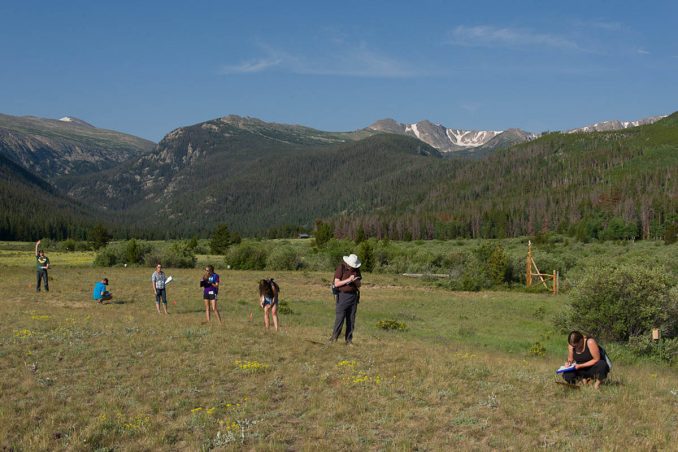
Focus on alternative transport solutions and guidance
Cities seek to create more connected walkable cities, and there is a need for alternative transport networks, whether using shared paths, bike lanes, or separate transport lanes/easements (BRT, Rail – light & heavy). How we get around on those networks is still being explored with electric bikes and scooters, self-driving vehicles (buses, trams, etc.), drone taxis and more.
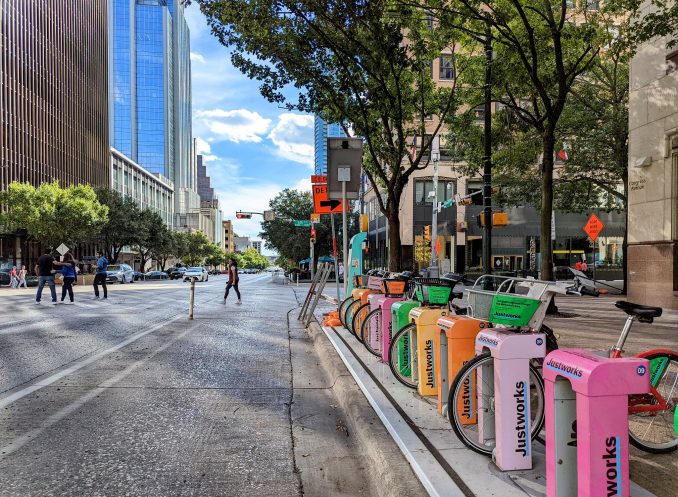
What has become evident in the past year is that governments need to create more guidance and regulation on two issues, including AI vehicles on roads and which mode of transport can use which network. AI vehicles are somewhat untested and require further testing or highly delineated space (BRT/Rail). Some electric scooters and bikes have high-speed (50-80 kph to 30-50mph) capability, creating a significant disparity in speed between human-powered and electric-powered mobility. This creates conflict and dangerous situations, which has seen some cities place limits, but users often ignore these. Governments must work with residents and transport operators to determine the best approach.
More testing and evaluation of Artificial Intelligence(AI)
Artificial Intelligence is currently in the news cycle as people are utilising text-driven AI to produce content and optimise their workflows (excel, scripting, etc.). People are taking the content created as accurate. However, there needs to be more significant testing and evaluation of the content that AI is producing. I have recently tested various AI text generators and found them to be sometimes inaccurate in relating to historical events or niche areas of design to which the AI has limited access.
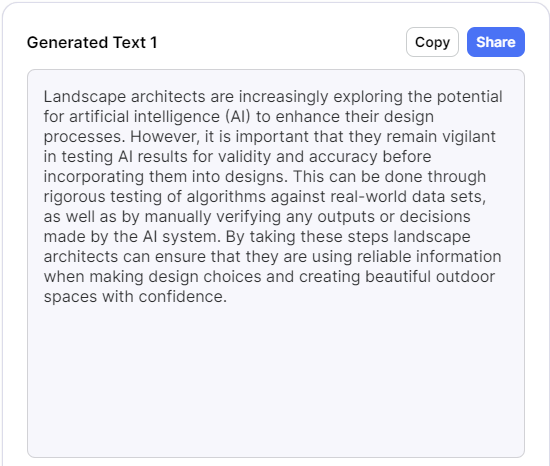
More submissions to World Landscape Architecture
Wanting to see more submissions to WLA may be self-serving; however, I hope to see more submissions in 2023, especially small and different projects. I would encourage all firms, and governments, to try and submit at least one small project for consideration for publication on WLA this year. You can find out more about submission requirements on our Submissions page.
Thank you for reading. The intention was not to cover the whole industry but to highlight some of key issues beyond the bigger trends I covered in my previous article. I hope this article has inspired you and created vigorous discussions in your firms and organisations.
The article was written by Damian Holmes, Editor of World Landscape Architecture
Image Credits: As captioned
DISCLAIMER: This article is for educational purposes only. The content is intended only to provide a summary and general overview of matters of interest. It’s not intended to be comprehensive nor to constitute advice. You should always obtain professional advice appropriate to your circumstances, before acting or relying on any of that content. This advice is general in nature.
